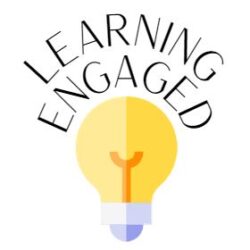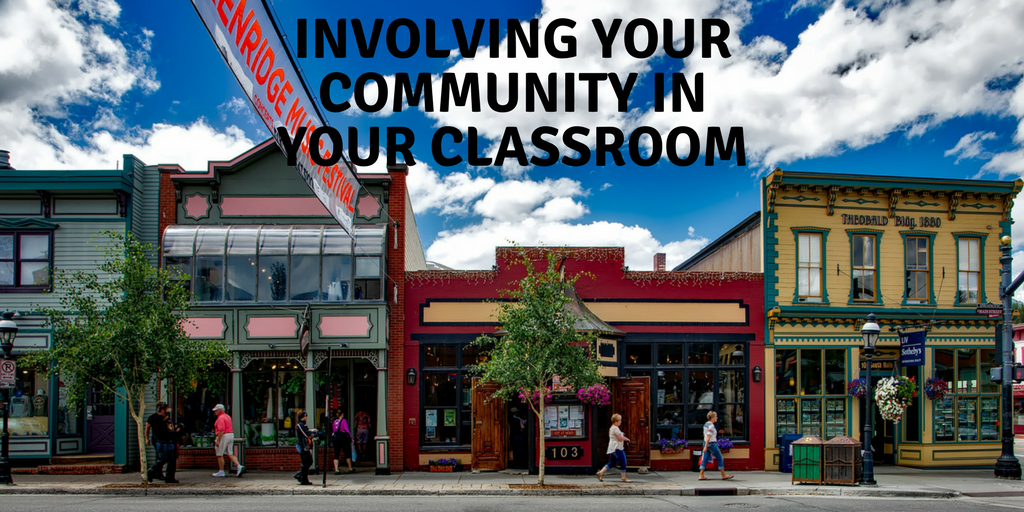
(This post contains affiliate links.)
When I was in school, I vividly remember community members being a part of my school environment. I met people through career days, school volunteer opportunities, and various presentations. I even bought a pair of fake, black rimmed glasses and a “teacher outfit” to wear to a career day one year. When I became a teacher, I noticed less community involvement.
I believe community involvement is beneficial for everyone. It helps the community realize the amazing things happening in the school, it helps students take more pride in and have more respect for their community, and it increases understanding of the many ways that the school is part of the community.
So, how can we involve our community in our schools?
- When you plan your upcoming lessons, think about where a guest speaker could be valuable and find someone in your community to assist. This is easier than you think. With various social media platforms available, you can quickly see if anyone knows someone that could help. For example, my husband (a local architect) was contacted by a teacher at our local high school to come and assess student design projects. Having a professional expert/audience made the students take more pride in their work. My husband used to do the same thing for my 3rd-grade class when we talked about area and perimeter. He would talk to the students about the ways he uses area and perimeter every day in his job. The students loved it and it made the concept real for them.
- Find an aerial picture of your community and use it for map skills, geometry concepts, etc. By using a map of your community, it makes the lesson more applicable and helps students better understand their community.
- Take a field trip to a local park or amazing area in your community, have your students bring their books and their lunches and hold literature circles away from the school. Reading is always more fun when it is not inside.
- Visit your local newspaper or radio station and hold interviews to see how reading and writing are used on location every day.
- Have the students send letters to prominent local figures asking what their favorite book is. Post pictures of the community members and their book selection around the school.
- Anytime you can incorporate career application, invite community members to come speak to your class or Skype in. Have the students come up with questions to ask during the interview.
- Studying weathering, erosion, and deposition? Request pictures of real life examples on Facebook with a brief description of the location. Students will make connections to places they have been before and will start looking for other evidence as well. (This works for various science and math concepts: geometrical shapes, life cycles, types of animals, etc.)
- Invite community members to read to your class every Friday (or once a month…whatever works for you). The students will anticipate the visits and begin to look forward to them.
- Write thank you letters to local heroes. If possible, hand deliver them as a class, or have a few students deliver them with their families.
- Ask local government officials to come speak about how they handle conflict in their jobs and what they do when tough situations arise. This will help students realize even adults deal with conflict but it doesn’t keep them from doing their job.
- Invite school board members to come host literature circles or facilitate a science lab. More hands is always good and students need to know who the school board members are (a brief lesson beforehand concerning what school board members do is important as well).
- Send students on community scavenger hunts. Give them a task (find 3 triangles, find evidence of friction, find a problem that needs solved, etc.) and require each student to take a picture (or draw a picture) of what they found, requiring they be in a location around town.
Always have any community member your class interacts with tell the students a little bit about themselves to make them seem like real people.
These are only a few examples, but there are many more. Hopefully this list gets you thinking of ways to involve the community in your classroom. If you have any ideas of your own, please comment below to help us add to our list. You will definitely be given credit.


